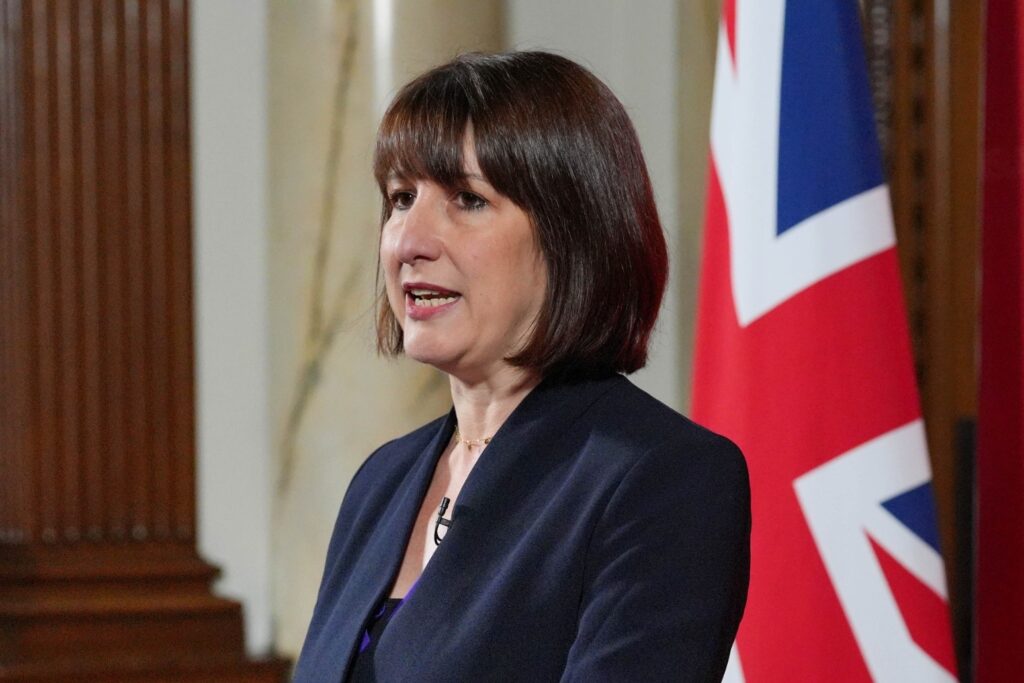This website uses cookies so that we can provide you with the best user experience possible. Cookie information is stored in your browser and performs functions such as recognising you when you return to our website and helping our team to understand which sections of the website you find most interesting and useful.
Which local authorities have been categorised as high and very high risk
12/10/2020

Boris Johnson has announced a three-tier approach to coronavirus restrictions with all of England put into medium, high and very high risk categories.
The Prime Minister set out the simplified and standardised system in a bid to stem the surge in Covid-19 cases.
READ MORE: What do the three alert levels mean?
Here is a breakdown of the areas under each level of the new alert system.
Very high:
Liverpool City Region
– Liverpool
– Knowsley
– Wirral
– St Helens
– Sefton
– Halton
High:
Cheshire
– Cheshire West and Chester
– Cheshire East
Greater Manchester
– Manchester
– Bolton
– Bury
– Stockport
– Tameside
– Trafford
– Wigan
– Salford
– Rochdale
– Oldham
Warrington
– Warrington
Derbyshire
– High Peak – the wards of: Tintwistle, Padfield, Dinting, St John’s, Old Glossop, Whitfield, Simmondley, Gamesley, Howard Town, Hadfield South and Hadfield North
Lancashire
– Lancashire
– Blackpool
– Preston
– Blackburn with Darwen
– Burnley
West Yorkshire
– Leeds
– Bradford
– Kirklees
– Calderdale
– Wakefield
South Yorkshire
– Barnsley
– Rotherham
– Doncaster
– Sheffield
North East
– Newcastle
– South Tyneside
– North Tyneside
– Gateshead
– Sunderland
– Durham
– Northumberland
Tees Valley
– Middlesbrough
– Redcar and Cleveland
– Stockton-on-Tees
– Darlington
– Hartlepool
West Midlands
– Birmingham
– Sandwell
– Solihull
– Wolverhampton
– Walsall
Leicester
– Leicester
– Oadby and Wigston
Nottingham
– Nottinghamshire
– Nottingham City
Medium:
All other areas in England.
Published: by Radio NewsHub



